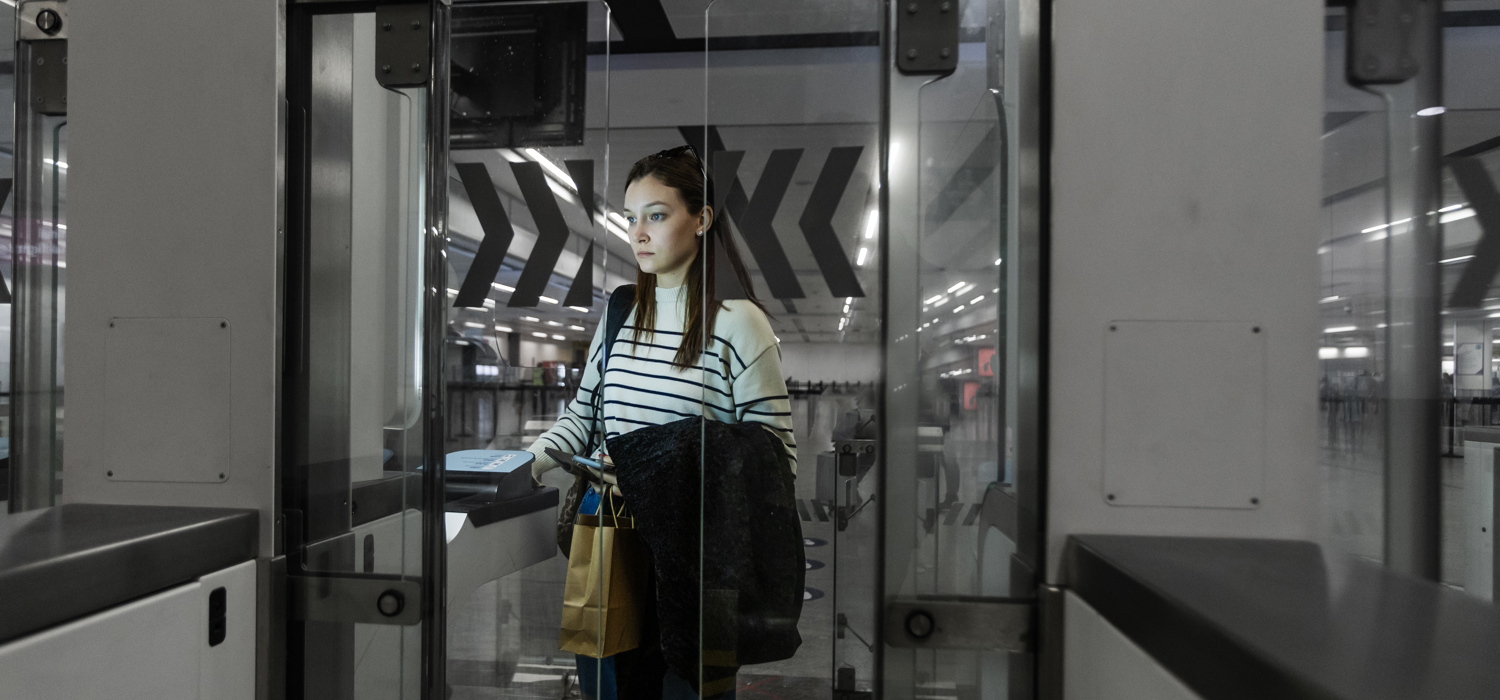Travelling to Europe? A Guide to the New EU Entry/Exit System
Posted in Travel Insurance on 6 October 2025

If you're planning a budget-friendly trip to Europe, there's an important change on the horizon. From 12 October 2025, the EU Entry/Exit System for British travellers will replace traditional passport stamps with a fully digital process. Using facial scans and fingerprints, the system will record when you enter and leave the Schengen Area.
For first-time visitors, this might mean a few extra minutes at the border. But with a bit of preparation, you can breeze through the process and enjoy your holiday stress-free.
In this article, we'll break down exactly what the EU Entry/Exit System is, which countries it affects, and the top tips to make your journey smoother - so you can focus on enjoying your trip.
What Is the Entry/Exit System (EES)?
The EES is the EU's new digital entry-exit system for non-EU travellers, including UK citizens. Instead of relying on manual passport stamps, it will log your details electronically. Here's how it works in practice:
- Automatic records: The system will log the exact date, time, and place you enter or leave Europe
- 90/180-day rule: UK visitors can only spend 90 days in any 180-day period in the Schengen zone without a visa. EES will monitor this automatically
- Biometric checks: You'll need to provide fingerprints and a facial scan when you first register. This will help border staff confirm your identity and reduce overstays
By moving to a digital system, the EU aims to make border control more secure and consistent for both travellers and authorities.
Where Does It Apply?
The entry exit system in Europe rollout will cover the entire Schengen Area, including 25 EU countries as well as Iceland, Norway, Switzerland, and Liechtenstein.
This means whether you're heading for a city break in Paris or Rome, a beach holiday in Spain or Portugal, or exploring scenic destinations in Norway or Switzerland, you'll go through the new digital system.
When Does It Start?
The entry/exit system start date is set for 12 October 2025, marking the beginning of the EU's rollout across the Schengen Area. Over the following six months, the system will be gradually introduced at all border crossings, with full implementation expected by 10 April 2026.
During the six months transition period, some borders may still use traditional passport stamps alongside the new digital checks. That means depending on where you travel, you could encounter a mix of old and new systems in the first few months.
What to Expect with the EU Entry/Exit System for UK Travellers
On your first trip after the Schengen entry-exit system rollout, here's what you can expect under the new EU Entry/Exit System:
- Register your biometrics: Provide fingerprints and a facial scan, as well as showing your passport to register your details
- Answering simple questions: You may also be asked simple questions about your travel plans (for example, accommodation, return tickets, and travel funds)
- Children under 12: If you're travelling with kids, under the new system, kids would have their photograph taken, and won't need to give fingerprints
Future trips will then be quicker, usually only requiring a facial scan to confirm your identity.
Plus, depending on your mode of travel, these checks may happen either before leaving the UK (Dover, Folkestone, London St Pancras for Eurostar) or on arrival in Europe if flying.
Top Tips for UK Holidaymakers
To keep your trip stress-free, here are some practical tips to keep in mind:
- Check Your Passport: Make sure it's valid and undamaged, with at least three months' validity left.
- Allow for Extra Time: Extra checks mean more waiting, particularly during the first few months of rollout. Arrive earlier than usual to avoid last-minute panic.
- Be Aware of Differences: Ireland and Cyprus won't be part of the EES. Until April 2026, some borders may also continue stamping passports alongside digital checks.
What’s Next?
The EU’s border update doesn’t stop here. Once EES is fully operational, travellers will also need to apply for ETIAS (European Travel Information and Authorisation System).
Similar to the US ESTA, ETIAS will be a pre-travel authorisation required for UK citizens visiting Europe for short stays. You can read more about ETIAS in our article here.
Final Thoughts
Travelling to Europe from the UK is about to change, and the new Entry/Exit System is the first major step. While the early months may mean longer queues, the digital process should eventually make border checks more consistent and secure.
And while you’re preparing for your trip, make sure you’ve arranged your Europe travel insurance. The right cover gives you peace of mind, so you can focus on enjoying your holiday instead of worrying about the unexpected.
Get cover for your upcoming European holiday with InsuraTrip Travel Insurance
Wherever you end up on your next trip or city break, InsuraTrip is here to provide you with peace of mind on your travels. Our policies include the following elements of cover:
- 3 levels of Single Trip and Annual Multi Trip Travel Insurance cover
- Emergency Medical Cover Abroad – up to £10,000,000.
- Trip Cancellation Cover – up to £3,000.
- Travel Delay – up to £500.
- Legal Expenses – up to £20,000
- And so much more.
To get a quote and buy your policy today, click the button below!
This article is for information and entertainment purposes only. It does not constitute advice in any way. The information provided here is correct at the time of writing however please check the latest policy wording for the latest terms, conditions, and exclusions.
Other Related News Articles...
- What to Know About Ski Helmet Rules in Italy
- 4 European City Break Ideas for You to Consider This Autumn


